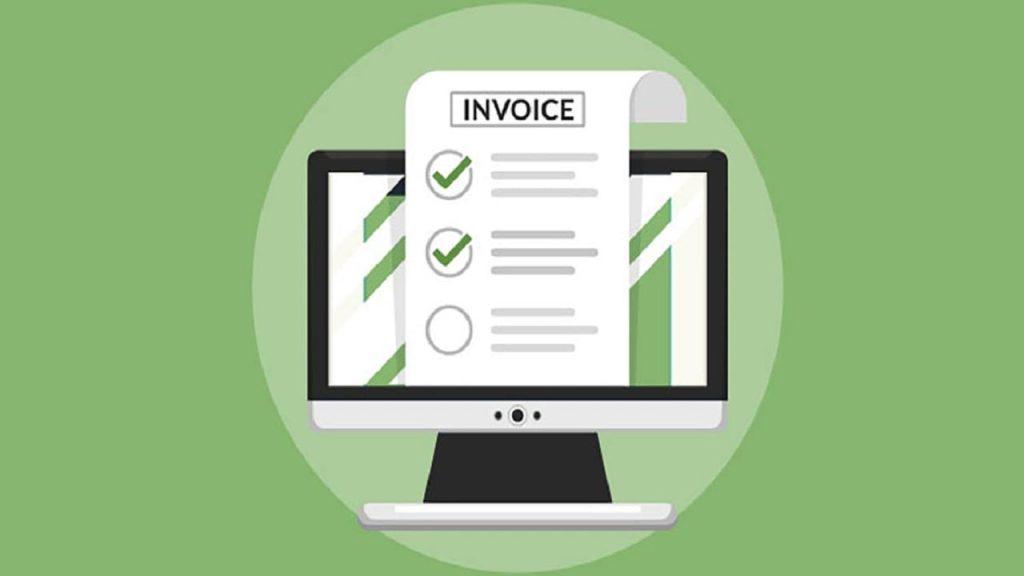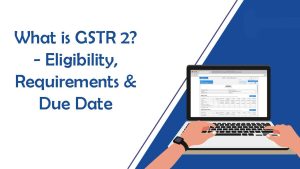Benefits Of GST e-invoicing – E-invoicing under the Goods and Services Tax system was launched on a voluntary basis in January 2020 and is scheduled to be incorporated in April 2020. That being said, this date has been already been moved forward and is scheduled to be enforced in October 2020. In the meanwhile, the Center has established an offline platform to help taxpayers familiarize themselves with both the new e-invoicing system and the uniform e-invoice format.

E-invoicing is projected to be extremely advantageous for both parties i.e Center and the taxpayers. Although the Center is introducing this system to help minimize tax fraud and tax evasion, the question still remains: was the new platform helpful to taxpayers? The answer is yes. Absolutely! Although it will take a little time to adjust to the new framework, the effects will help companies in the long run.
Lets’s talk about the benefits of GST e-invoicing.
Less errors
In B2B transactions using e-invoicing, the information will be sent straight from the supplier to the purchaser’s AP system, removing any need for manual and numerous data entry. Likewise, as soon as the taxpayer begins producing an e-invoice, they would be expected to submit the invoice data for B2B only once. Eventually, this would limit reporting in different formats. One just for GSTR-1 and the other one for e-way bills. Adjusting to an e-invoice system would enable system automation-an efficient and time-saving operation. This ensures that there is independence from time-consuming data-entry that is vulnerable to human error.
Automation
Although it is completely obvious that transitioning to an e-invoice system will remove multiple data inputs when filing GSTR-1 and also save time, this system could also use similar data for providing e-way bills. But this isn’t what it does. Changing to this framework also broadens the options for additional tax returns. You can auto-populate the very same information when filing ANX-1 viz. Sales and ANX-2 viz. Purchase List. You also will be supported by this data when filing tax returns underneath the GST.
Fewer disputes
Taxpayers will see a major reduction in problems pertaining to the authentication of input credit, as information from the e-invoice should not only be submitted to the tax department but will be submitted to the purchaser in the registry of sales (inward supply).
Improved account reconciliation
As the information from the e-invoice is being sent to the customer underneath the e-invoice method, there seems to be a potential to reconcile the data with a purchase order, i.e. to approve or deny the data in real-time. This decreases the variety of errors when filing GST returns.
Although there are many advantages, this will not imply that there will be no problems when transitioning to this method. Strong network access, a certain volume of training, and definite improvements to current practices will be needed. However once taxpayers consciously begin to adjust to the practice of e-invoicing in day-to-day business activities, they may find that perhaps the entire tax process becomes far more effective, accessible to automation, together with a decreased room for mistakes, thus ensuring better enforcement, rendering it a win-win for taxpayers in the long run.



